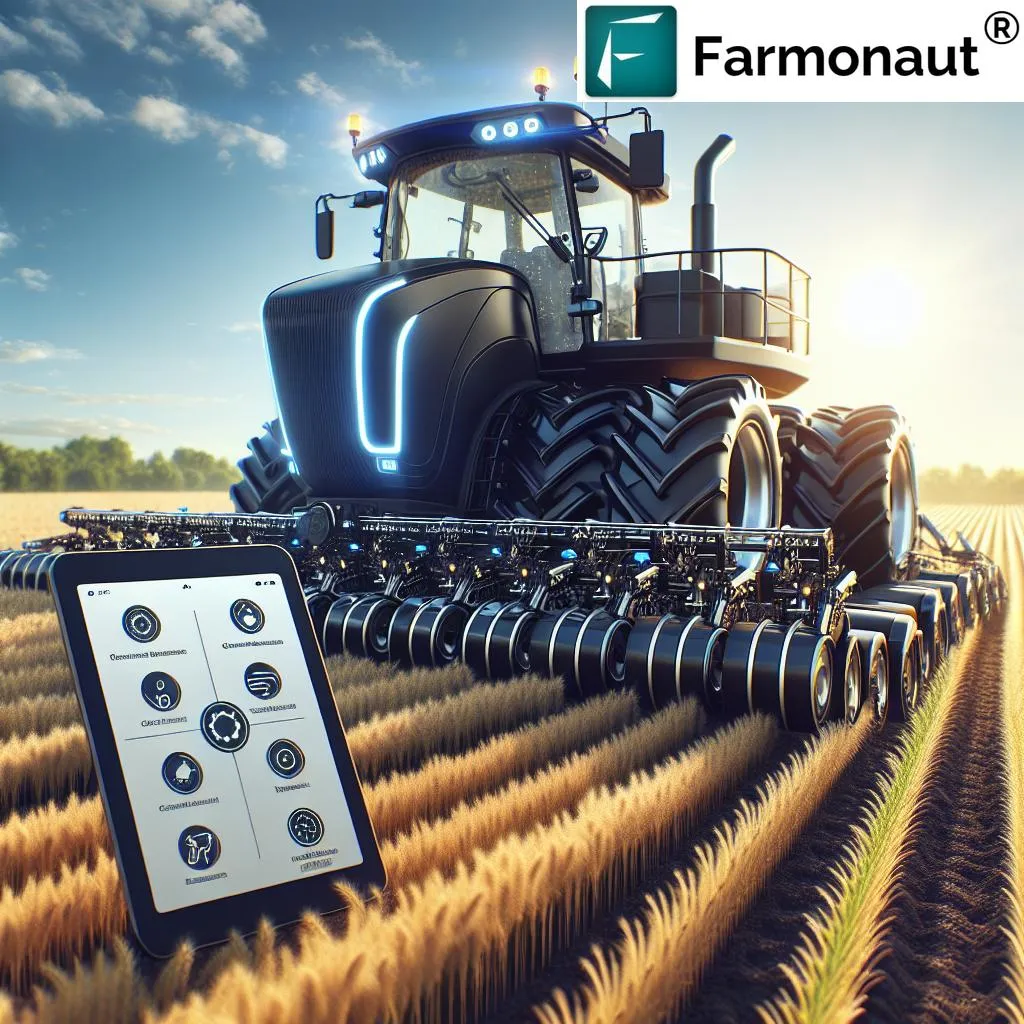In the heart of the Netherlands, a quiet revolution is taking place on the arable farm Schlepers. This year, the family-run operation took a significant step into the future of agriculture by testing an autonomous tractor for the first time. The Fendt 516, equipped with the iQuus system, was tasked with cultivating two potato fields using a subsoiler. The result? A solid 7 out of 10, a promising start for a technology that could redefine farming as we know it.
The Schlepers family is no stranger to innovation. They actively participate in several projects under the Dutch NPPL initiative, with a particular focus on alternative methods of weed control. As chemical control options become increasingly limited, the family sees autonomous systems as a potential game-changer in this field. “Agriculture is a conservative yet innovative sector that constantly adapts to changing conditions. Change is inevitable, and you have to move with it,” says Mathijs Schlepers, echoing the sentiment of many modern farmers.
By late September, thanks to the continued fair weather, most of the fieldwork at Schlepers was well advanced. However, under more variable weather conditions, an autonomous tractor could improve efficiency by performing multiple operations simultaneously, allowing the farm to make the most of short work windows. This is a significant advantage, as it could help mitigate the challenges posed by unpredictable weather patterns.
Labour is another pressing concern. It’s expensive and likely to become increasingly scarce in the future, making automation an attractive prospect. Schlepers’ first encounter with autonomy came through the NPPL project, which provided them with a Fendt 516 fitted with iQuus. They set the tractor to work with a subsoiler while potato lifting was underway. Mathijs explains the initial apprehension: “When the tractor made its first passes, we watched closely to see how it would handle the headlands. As a new user, you need to build confidence that everything will work properly.”
And it did work. They operated the tractor alongside the potato harvester so they could keep it in sight. The harvester operator held the remote control, allowing him to pause the autonomous tractor whenever the subsoiler risked catching up. In case of any malfunction, they could intervene immediately. Very little went wrong, although the tractor did stop a few times — for instance, when it began slipping in a sprayer track. This is where the “human” factor comes in: a driver would anticipate such spots and adapt speed or steering accordingly. The autonomous tractor follows its set parameters precisely, but a driver would often turn a little faster on the headland.
“Very little went wrong, although the tractor did stop a few times — for instance, when it began slipping in a sprayer track. That is where the “human” factor comes in: a driver would anticipate such spots and adapt speed or steering accordingly. The autonomous tractor follows its set parameters precisely, but a driver would often turn a little faster on the headland. “If I had to grade the tractor with the subsoiler, it would earn a 7. With a skilled driver on board, it would be a 9. Still, you could say it passed its first exam.”
The iQuus system proved straightforward to operate. First, they drove once around the field to record the boundary. Then they selected the desired driving pattern. They chose not to let the tractor reverse on the headland: if a shear bolt were to break, a subsoiler tine could puncture a tyre when backing up. The chance is minimal, but the risk is not worth taking. When the tractor started working, the iQuus system immediately displayed how long it would take to complete the task. For a 15-hectare field, the estimated time was 11 hours. “That really makes you aware of how many hours a driver normally spends on the same job,” Mathijs notes. When labour is tight, autonomy effectively replaces one worker, and when tillage runs in parallel with harvesting, the follow-up work is nearly finished by the time the harvest is done — a clear advantage in unsettled weather.
Is an autonomous tractor already a worthwhile option for Schlepers? Mathijs is unsure about the cost but sees potential. “Some farms cultivate much larger acreages than ours. For them, the step would be an easy one because it quickly pays off. Simple, repetitive tasks like rotary cultivation or stubble tillage are the first to automate, and large farms spend many hours on those. Another benefit, especially for farms employing many seasonal workers, is that an autonomous tractor does not make operator errors — it does exactly what it is told.”
For now, the Schlepers family sees weed control as a more immediate priority than adopting autonomy, though both developments could eventually go hand in hand. The Schlepers family operates from two locations a few kilometres apart in eastern Flevol

